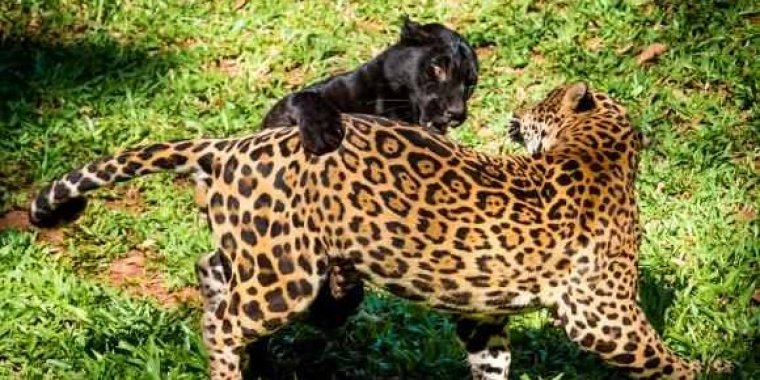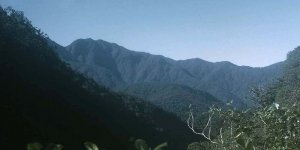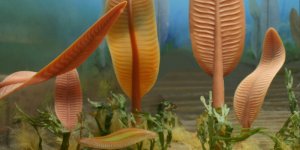| News / Science News |
Over 300 animal species threatened in Bahia
More than 300 animal species face different degrees of threat in Bahia state. The State Environment Secretariat (SEMA) has published a list of 331 species of amphibians, birds, mammals, reptiles, continental invertebrates, fish, marine invertebrates, and the so-called “social interest” species—those exploited by traditional communities for sustainable use or subsistence.

The jaguar is among 331 threatened species redlisted for full protection by environmental agencies in Bahia state. ![]()
A total 2,607 rare, endemic, or threatened animal species were surveyed in Bahia, out of which 331 have been listed for protection in various threat categories—“vulnerable” (140); “endangered” (131); “critically endangered” (54) and “regionally extinct” (5).
All the species listed under these categories have been granted full protection by environmental agencies, and capture, transport, storage, custody, handling, processing, and marketing of these animals is prohibited.
These animals include jaguars, Spix's macaws, harpy eagles, vinaceous-breasted amazons, crowned solitary eagles, hawksbill turtles, green turtles, tarantulas, Amazon false coral snakes, Brazilian green racer snakes, cream-colored woodpeckers, blue spiny starfish, sharks, seahorses, piaba fish, sawfish, bluefin tuna, brown howler monkeys.
The “social interest” species can be exploited subject to regulation and authorization from the Environment and Water Resources Institute (INEMA), based on specific requirements.
Threatened “social interest” species include a number of stingless bees (known locally as uruçu, mandaçaia, and jandaíra), swamp ghost crabs, blue land crabs, a freshwater shrimp locally known as pitu, mangrove root crabs, catfish, yellowmouth groupers, jewfish, hammerhead sharks, among others.
Bahia has become the seventh Brazilian state to redlist endangered species for protection, a move that has been welcomed as an important incentive for initiatives and policies that could avert the threats to these species. (Agência Brasil)
YOU MAY ALSO LIKE



